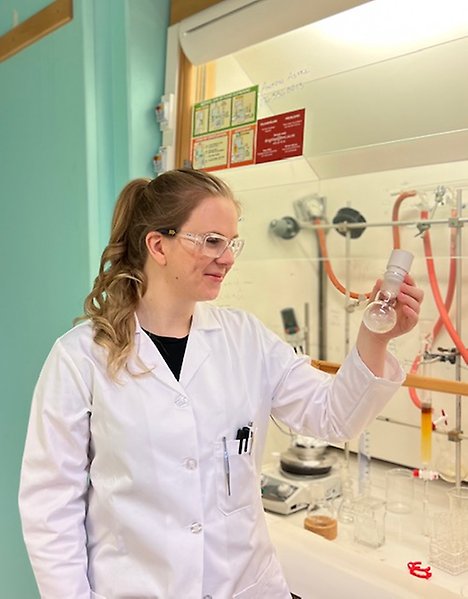Drug discovery and development of DNA-encoded libraries and their application for the identification of inhibitors targeting LpxH
The discovery, development and clinical application of antibiotics have been crucial for improving health practices and standards of living over the past century. However, the continued threat of antimicrobial resistance (AMR) diminishes the impact of our frontline antibiotics. This is of relevance in particular for the difficult-to-treat infections caused by Gram-negative bacteria.
This is not an easy task to address. For example, no novel antibiotic classes against Gram-negative bacteria have been reported for over 40 years, and the continued recycling of traditional antibiotic classes will only provide temporary solutions until AMR rapidly catches up. Furthermore, the exit of Big Pharma from antibiotic research has led to a diminished pipeline and, even if they reenter the arena, there will be a significant time lag until new antibiotics reach the clinic. Thus, there is a strong demand for academic groups to help repopulate the pipeline with lead compound classes and here is where our work plays an important role.
At the same time as significant efforts have been made in this area, many promising candidate programs are halted because bacteria evolve protection over time, which leads to potent molecules fail to navigate across the complex bacterial membrane to an internal target, or suffer at the perils of the highly efficient bacterial efflux system. An alternate approach is to instead focus on protein targets that reside on the external membrane or the periplasmic space of Gram negatives.1
The LpxH, a lipid A enzyme present in the majority of Gram-negative bacteria, and located in the outer membrane is an attractive target since it has an essential role for the bacteria regarding the synthesis of the outer membrane (glycolipid lipopolysaccharide). In this project, we aim to identify structurally novel inhibitors of the bacterial target LpxH.2
Building upon our interests in medicinal and synthetic chemistry, as well as chemical biology, an essential starting point in early drug development is the discovery of hits and potential drug leads. A novel approach for identifying leads in a rapid and robust way is the DNA-encoded libraries (DELs) technology, which is what we are focusing on in our work. By applying the DEL technology we want to rapidly develop a compound library for screening for new potential drug leads targeting LpxH3,4.
Given the structural complexity of our target, we are also working closely with computational chemists to design simplified analogues that retain the desired anti-microbial activity. Ultimately, we aim to contribute towards understanding and developing new antibiotic classes.

Ottilia Andersson working in the lab
Related published research
- Zhao, S., et al., et al. 2020, Defining new chemical space for drug penetration into Gram-negative bacteria” Nature Chemical Biology, 16 (12), 1293-1302.
- Bohl, H. O., et al., 2018. The substrate-binding cap of the UDP-diacylglucosamine pyrophosphatase LpxH is highly flexible, enabling facile substrate binding and product release. Journal of Biological Chemistry, volume 923 (21), 7969-7981.
- Goodnow, R. A. Jr. (2014). A handbook for DNA-encoded Chemistry, Theory and Applications for Exploring Chemical Space and Drug Discovery. John Wiley & Sons, Inc.
- Wesley, G., et al., 2021. Antibacterial Discovery via Phenotypic DNA-Encoded Library Screening. ACS Chemical Biology, 16 (12), 2752-2756.
